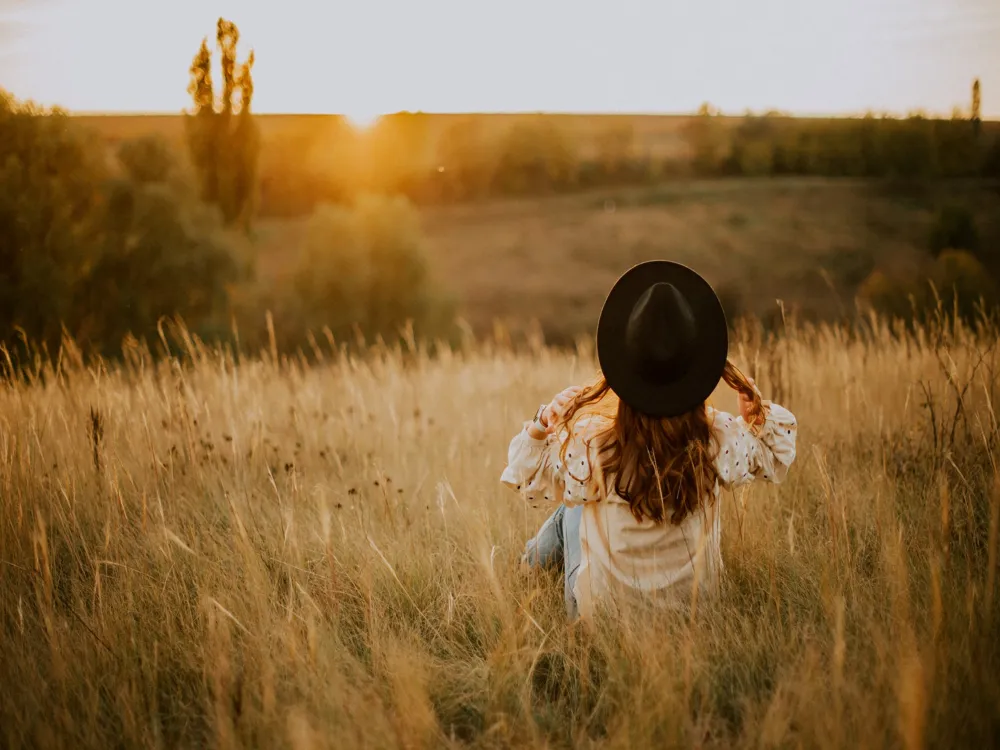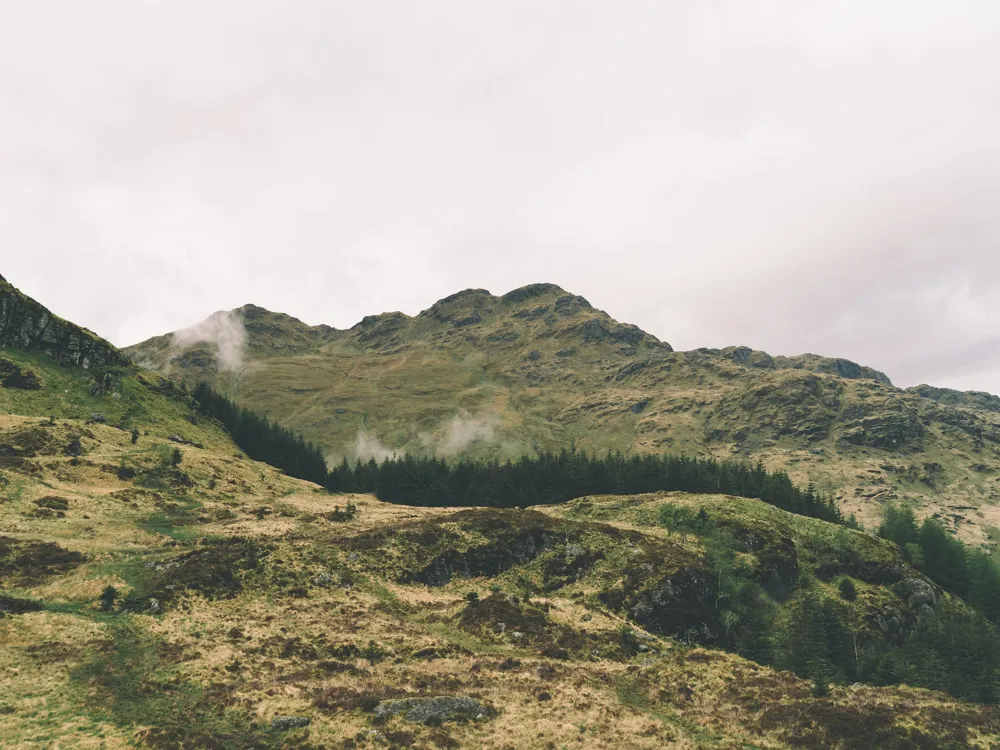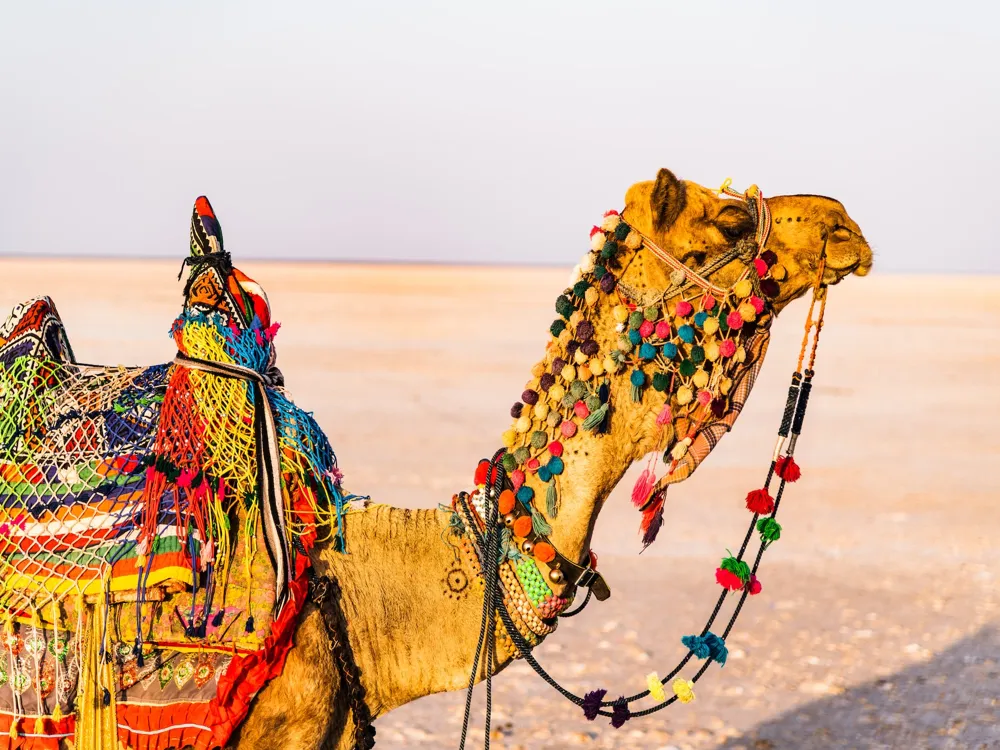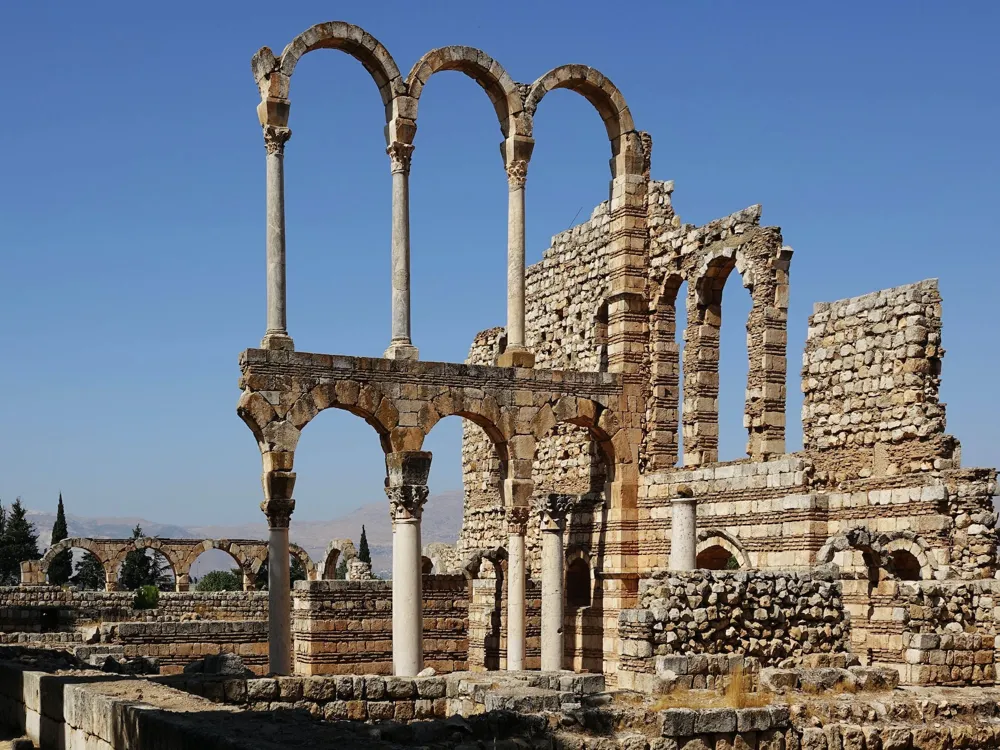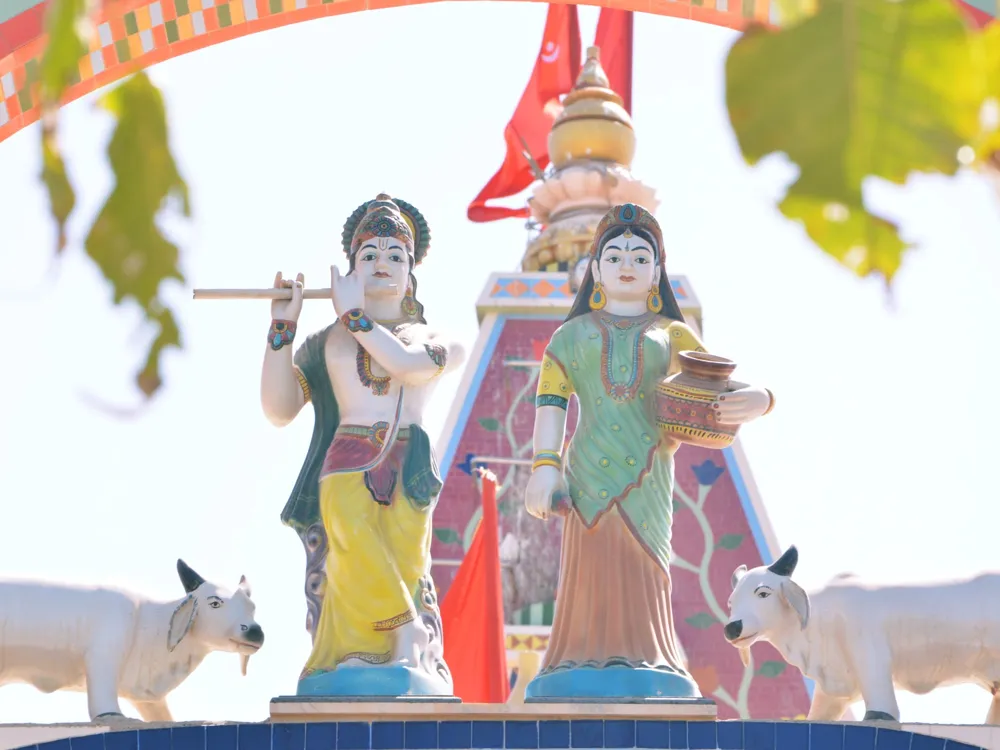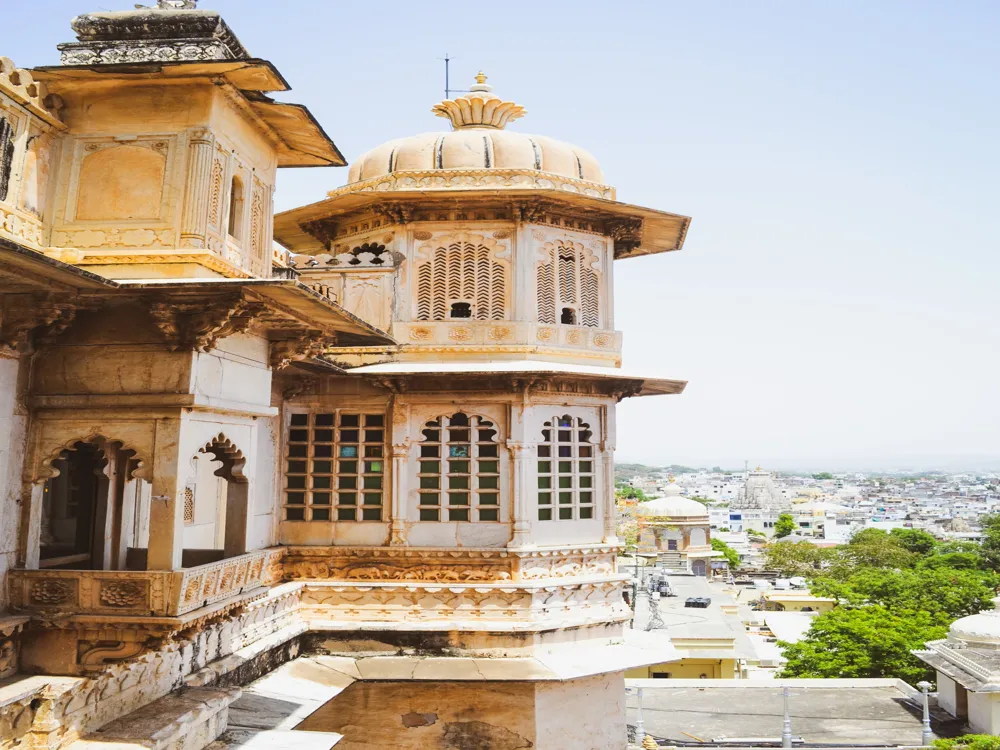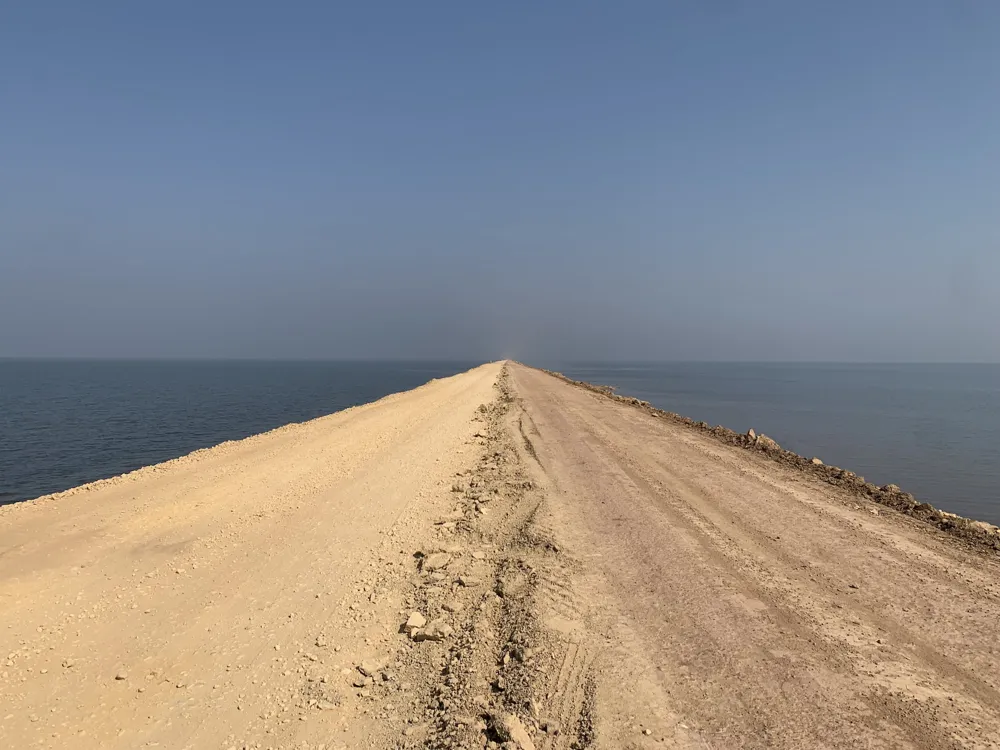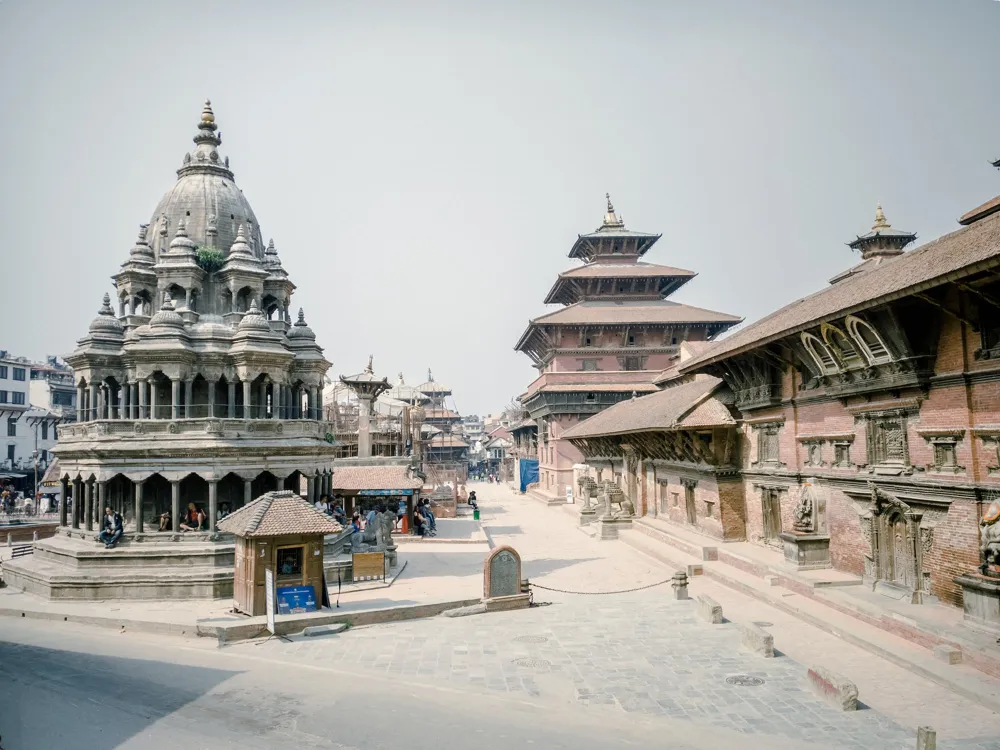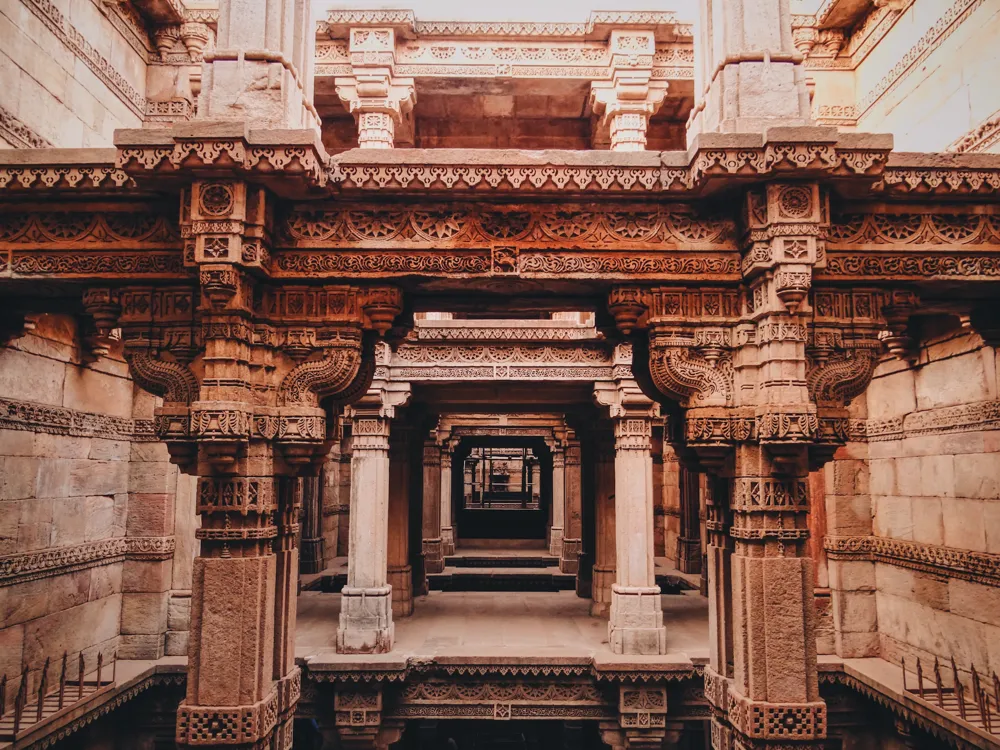Bhujia Hill, a prominent landmark in Bhuj, Gujarat, is not just a natural wonder but also a place steeped in history and cultural significance. The hill, known for its unique geological formations and panoramic views, has been a witness to various historical events and is an integral part of the local folklore. It's a place where nature and history intertwine, offering visitors a unique glimpse into the past and present of Gujarat. One of the most striking features of Bhujia Hill is its natural topography. The hill is composed of sedimentary rocks, indicating a rich geological history that dates back millions of years. These rock formations are not only a geologist's delight but also attract nature enthusiasts and photographers. The hill's rugged terrain is interspersed with green patches, providing a habitat for a variety of flora and fauna, making it a biodiversity hotspot in the region. The history of Bhujia Hill is as fascinating as its natural aspects. It has been a significant site for various historical events, particularly during the rule of the Jadeja dynasty in Kutch. The hill has seen battles, served as a strategic defense point, and has been a place of spiritual importance for the local communities. The Bhujia Fort, situated atop the hill, is a testament to its historical significance. The fort, though now in ruins, still stands as a proud reminder of the region's glorious past. In addition to its historical and natural significance, Bhujia Hill is also a cultural hub. It plays a central role in the local festivals and traditions. The hill is associated with legends and myths that are an integral part of the local folklore. These stories, passed down through generations, add an aura of mystique to the hill, making it a place that captures the imagination of visitors. Bhujia Hill, therefore, is not just a tourist destination but a symbol of the region's heritage. Its natural beauty, historical relevance, and cultural significance make it a must-visit for anyone looking to explore the essence of Kutch and Gujarat. The architecture of Bhujia Hill, particularly the Bhujia Fort, is a remarkable example of the engineering and architectural prowess of the past. The fort, strategically located atop the hill, was designed to serve both as a stronghold and a vantage point to monitor the surrounding areas. The architecture of Bhujia Fort is a blend of both military and cultural elements, reflecting the unique history of the region. The main structure of the fort is built with local materials, primarily sandstone, which was readily available in the region. The use of sandstone not only provided durability but also helped the structure blend seamlessly with the natural landscape of the hill. The fort's walls are thick and high, designed to withstand attacks and harsh weather conditions. The ramparts are dotted with bastions and watchtowers, offering a panoramic view of the surrounding area. Inside the fort, one can find remnants of palaces, temples, and residential quarters. These structures, although now in ruins, show the intricacy and detail that went into their construction. The blend of Hindu and Islamic architectural styles is evident in the design of domes, arches, and carvings found in the fort. This architectural fusion is a reflection of the diverse cultural influences that have shaped the region over centuries. The layout of the fort is also noteworthy. It was designed keeping in mind the topography of the hill, with pathways and steps carved into the rock, allowing easy movement within the fort while making it difficult for invaders to navigate. The water conservation systems, including tanks and step-wells within the fort, are examples of the advanced understanding of water management in arid regions. The architecture of Bhujia Hill, therefore, is not just about the physical structures but also about the stories and history they represent. It stands as a testament to the skill and ingenuity of the architects and builders of the past and continues to be a source of inspiration and learning for current and future generations. The ideal time to visit Bhujia Hill is during the cooler months from October to March. During this period, the weather is pleasant, making it comfortable to explore the hill and the fort. The monsoon season, from July to September, can be tricky due to slippery paths, but the hill's beauty is at its peak with lush greenery. It's advisable to carry water, sun protection like hats and sunscreen, comfortable walking shoes, and a camera. For those interested in bird watching or wildlife, binoculars would be a great addition. Carrying a light snack is also recommended as there are limited food options atop the hill. Opting for a guided tour can enrich your experience, as local guides are knowledgeable about the history, architecture, and folklore associated with Bhujia Hill. They can also navigate you through the best routes and points of interest. Bhujia Hill is not just a tourist spot but also a place of cultural and historical significance for the locals. Visitors are encouraged to respect local traditions and customs, especially when visiting religious sites on the hill. While exploring, it's important to stay on marked paths and follow safety signs, as some areas might be prone to landslides or have steep drops. Always inform someone about your travel plans and expected return time when venturing into less populated areas of the hill. Bhujia Hill is easily accessible from the city of Bhuj. The nearest airport is Bhuj Airport, which is well-connected to major cities in India. From the airport, one can hire taxis or use public transportation to reach Bhujia Hill. For those traveling by train, Bhuj Railway Station is the closest, with several trains connecting it to other parts of Gujarat and India. Local buses, auto-rickshaws, and taxis are available from the railway station to Bhujia Hill. For visitors driving to Bhuj, the hill is well-connected by road with clear signage leading to the destination. Read More:Overview of Bhujia Hill in Bhuj, Gujarat
Architecture of Bhujia Hill
Tips When Visiting Bhujia Hill
Best Time to Visit
What to Bring
Guided Tours
Respect Local Culture
Safety Measures
How To Reach Bhujia Hill
Bhujia Hill
Bhuj
Gujarat
NaN onwards
View bhuj Packages
Bhuj Travel Packages
View All Packages For Bhuj
Top Hotel Collections for Bhuj

Private Pool

Luxury Hotels

5-Star Hotels

Pet Friendly
Top Hotels Near Bhuj
Other Top Ranking Places In Bhuj
View All Places To Visit In bhuj
View bhuj Packages
Bhuj Travel Packages
View All Packages For Bhuj
Top Hotel Collections for Bhuj

Private Pool

Luxury Hotels

5-Star Hotels

Pet Friendly








